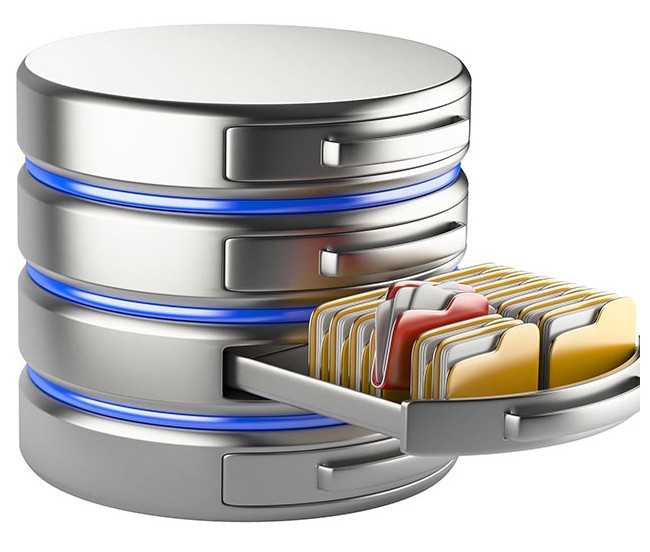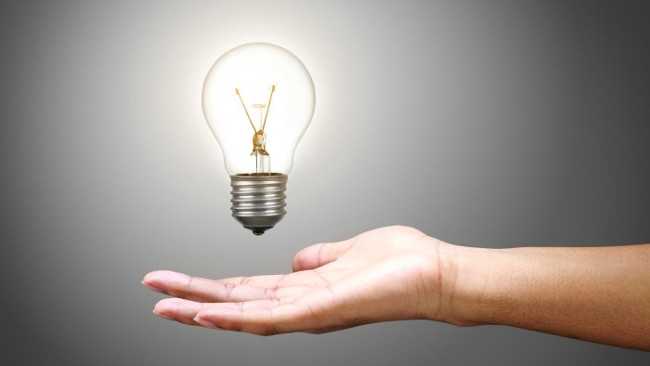The Ethereum Classic Blockchain Is INCOMPLETE & Why That Is OK
2018/04/11 Christian Seberino
The Ethereum Classic (ETC) blockchain does not contain all the necessary state information for the ETC system to operate. It does not even implicitly contain all that is needed! I will elaborate and discuss how this is handled.
State
The state of the ETC system includes all the balances, programs, nonces and other values in memory. This data is organized into accounts. Therefore, the state is the set of all account values.
Blocks contain transactions which specify changes to states. If the state is known for any time, the state can be determined for all future times by analyzing the transactions in the following blocks. However, the blockchain does not completely specify the state for any time! Admittedly, all blocks contain state hashes. But, these hashes are irreversible!
The initial state for the first block contains accounts with nonzero balances. In other words, all funds did not originate from mining. Do you wonder how miners know the account balances when processing account transfers involving these initially funded accounts? The answer involves the ETC node databases.
Database
ETC nodes typically contain databases that store the blockchain as well as additional information. For example, Linux Parity ETC node databases typically use the following directory:
$HOME/.local/share/io.parity.ethereum/chains/classic/db
Linux Geth ETC node databases typically use this directory:
$HOME/.ethereum-classic/mainnet/chaindata
For performance reasons, Parity and Geth use nonrelational (NoSQL) key value databases. These databases can be accessed directly. They can also be accessed using the Web 3 library.
Solution
All ETC nodes must contain a complete specification of the initial state for the first block. This is required in addition to the blockchain. For example, on Geth ETC nodes, this initial state is in the database and can be viewed with the following command:
geth dump 0
Conclusion
ETC nodes require a complete specification of the initial state for the first block as well as the blockchain. ETC nodes typically store this information in databases. Only with both of these pieces of information can the ETC system operate.
Feedback
You can contact me by clicking any of these icons:
Acknowledgements
I would like to thank IOHK (Input Output Hong Kong) for funding this effort.
License
This work is licensed under the Creative Commons Attribution ShareAlike 4.0 International License.








